Cletra
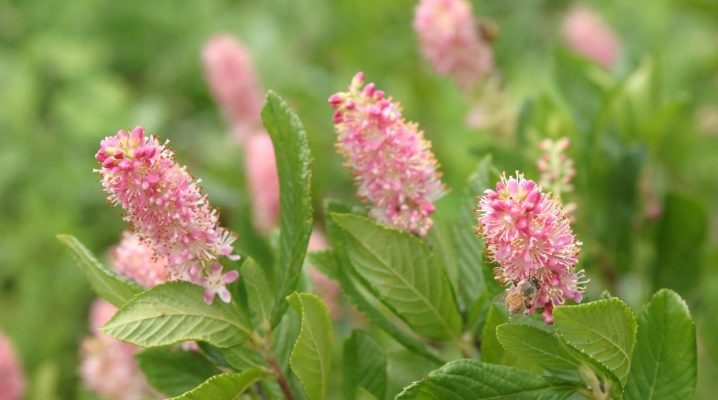
Even such garden compositions as rock gardens and alpine slides rarely do without plants at all. One of the options suitable for them may be a cage - a shrub that looks equally good in summer, during the flowering period, and in autumn, when its foliage is painted in all shades of yellow and red.
We will figure out for which areas the cage is suitable, and how to properly care for it.
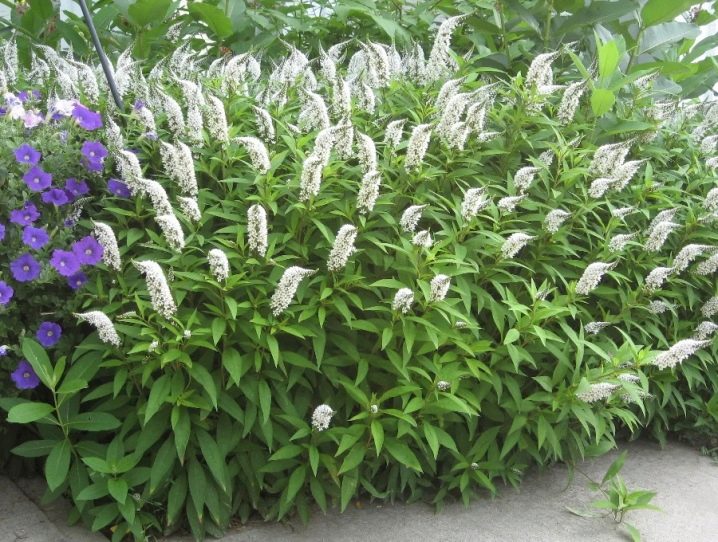
Description
Clethra is a flowering shrub or small tree. You can meet the cage near water bodies and on the banks of swamps. The plant is widespread, grows in many regions with both temperate and tropical climates - for example, in Southeast Asia, North America. Can be evergreen or deciduous.
The shrub blooms from late July to September. Fruits are formed until November.

Types and varieties
The genus includes about 80 plant species. Let's consider the most popular ones used in landscape design.
Japanese
Japanese cage, or warty-veined, is an ornamental large shrub that is rarely found in the wild. The plant reaches a height of 5 m. You can recognize this species by the light, exfoliating bark and fragrant flowers, collected in clusters, which appear at the end of July. Very beautiful in autumn, when the foliage becomes golden-red.
Feels good in the middle lane, calmly tolerates the cold.
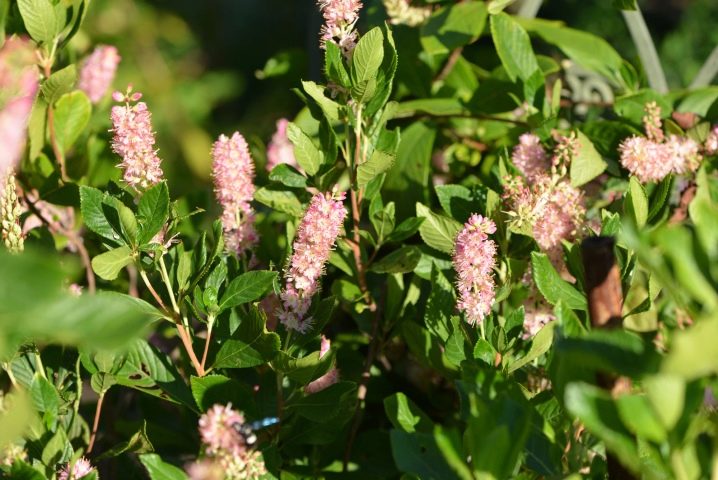
Alder-leaved
The alder-leaved cage is the most typical representative of the genus. It grows in abundance on the North American continent.
Most varieties are quite low - up to 2.5 m, dwarf specimens 40 cm high are often found. Branches directed upwards in young cages, in adult specimens acquire an oval shape. Wild alder cage has white inflorescences, but in its ornamental varieties they can also be pink. The long leaves, like the Japanese cage, are especially beautiful in autumn.
Several varieties of this species have proven themselves well.
-
Pink Spire - a domed shrub, slightly less than 2 m in height, with pink, fluffy inflorescences.
-
Hummingbird ("hummingbird") - a dwarf cage, which is distinguished by a particularly strong immunity and suitability for growing in shaded areas of the garden. The flowers are white and have a bright, sweet scent.
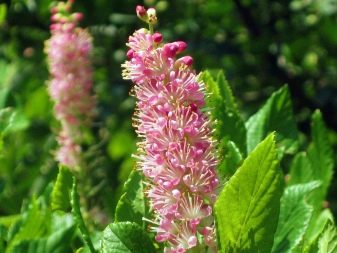
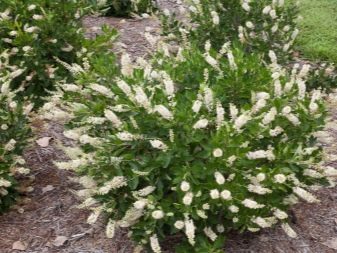
Doing
Chinese straight shrub, whose height can reach 10 m.
The leaves are long, toothed, the flowers are white, slightly yellowish.
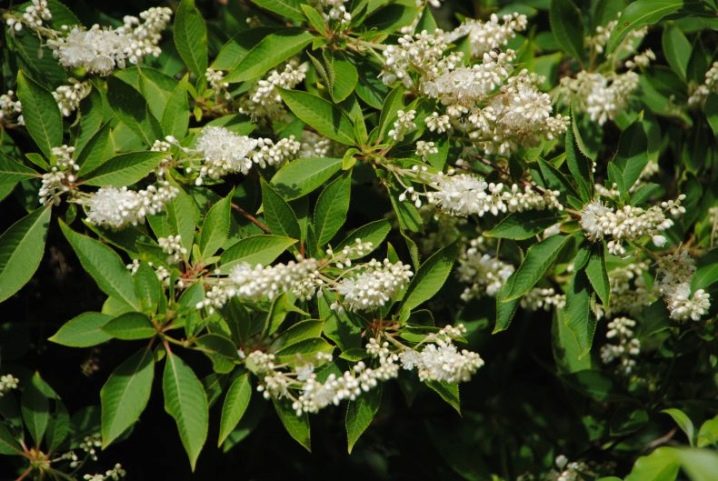
Pointed
Another popular look. The tree reaches a maximum of 6 m. Broad at the base, the leaves are noticeably tapering and taper towards the tip. The flowers are slightly beige, ivory.
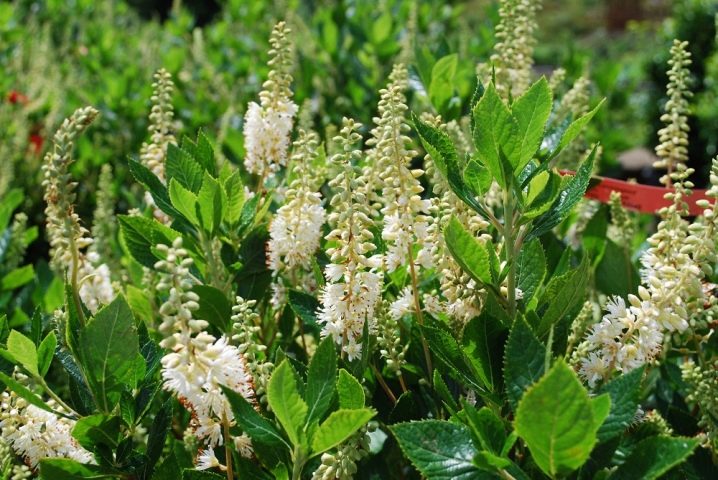
Tree-like
The tree cage (lily of the valley) is a plant native to the island of Madeira. Height - about 3 meters, the bark is brown, the leaves are elongated-lanceolate or oblong-ovate, with a reddish downy.
White flowers gather in fairly large clusters.
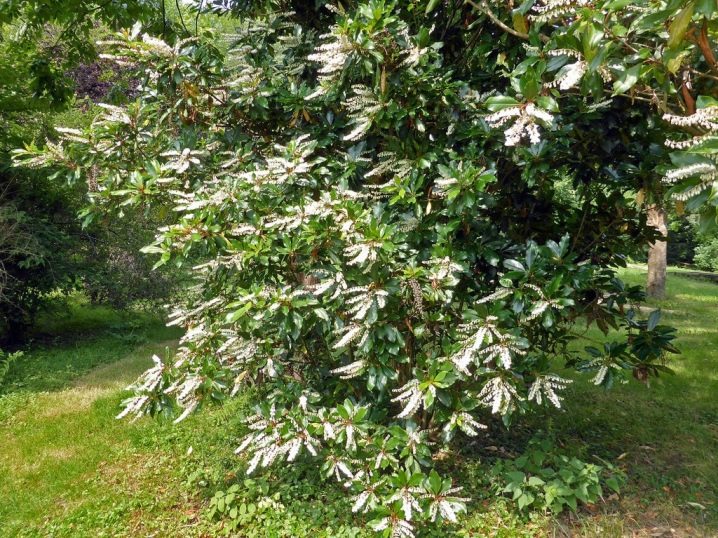
Landing time and rules
Cletra is propagated by cuttings, root shoots or layering. Growing a shrub from seed is possible but rarely practiced. The plant loves loose soil, sandy-humus, acidic, but by no means fertile and alkaline. He needs an area with good moisture and drainage of the soil, preferably in partial shade. Most varieties of cages are planted in open ground not earlier than May, when the soil is warmed up. The reason for this is the late growing season, only at the end of the spring season you can see the first full-fledged foliage on the bush.
The cage hole should have a depth of half a meter and the same diameter. Prepare it as follows:
-
drainage material is laid (layer height up to 15 cm);
-
a seedling is placed in the hole;
-
the root system is straightened;
-
a mixture of peat, coniferous soil, sand, sawdust and sulfur is poured;
-
the soil is watered with a solution of vinegar (6%, 100 g) and water (10 l);
-
after a while, the soil is compacted and watered again.
If, nevertheless, it was decided to take a risk by propagating the cage with seeds, then they can be planted on seedlings in December, in order to transplant the strengthened plant into the ground in the spring. This method is unreliable due to the fact that it is very difficult for the cage to endure transplantation.
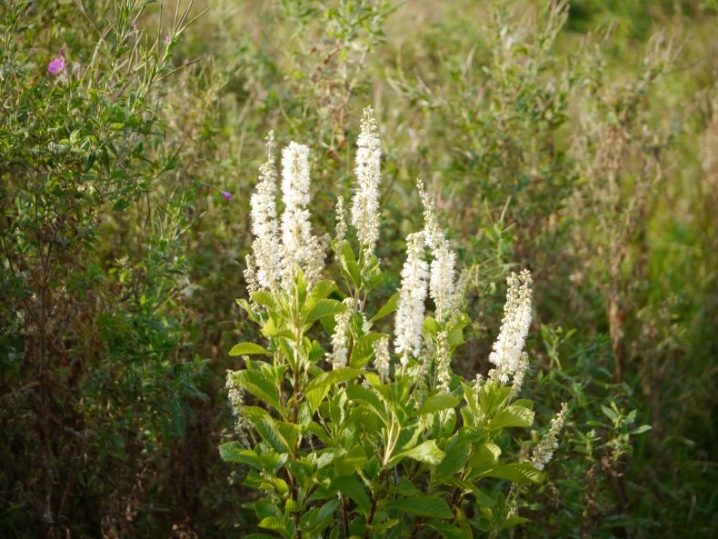
Outdoor care
There are no particular difficulties in caring for the cage, most of the rules that must be followed are well known to experienced gardeners:
-
the crown of the shrub is formed in the fall, after the end of the period of active flowering;
-
diseased and damaged branches can be removed in early spring;
-
the cage does not tolerate drought well, therefore, attention should be paid to watering in the summer;
-
water the cage in the late afternoon with warm, settled water;
-
when watering, moisture should be avoided on the leaves;
-
the first feeding is done a year after planting;
-
liquid mineral fertilizers are used for the cage.
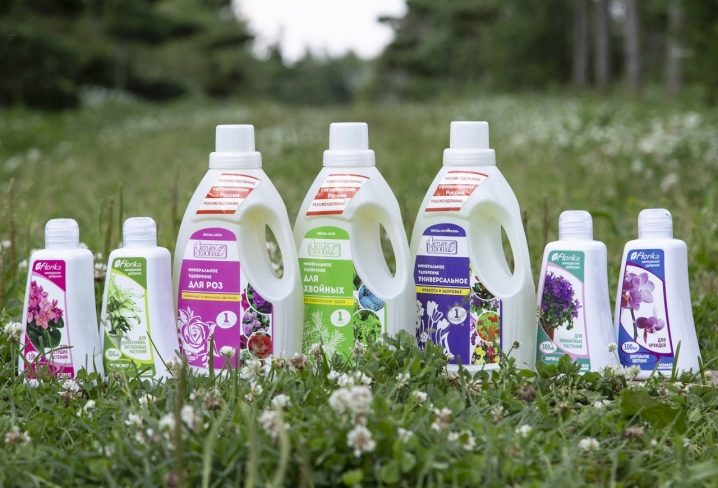
Diseases and pests
The plant is susceptible to such an unpleasant and dangerous disease as late blight. It can be recognized by grayish spots and drying shoots. For treatment, "Fundazol", "Topaz" and other similar compositions are used. Processing is carried out 3 times with a break of 7 days.
In addition to phytophthora, the cage can suffer from powdery mildew. Preparations, the composition of which includes copper or sulfur, will help to cope with it.
Of insects, the bush is often attacked by scabbards. In addition to insecticides, they can be dealt with with a soapy suspension.
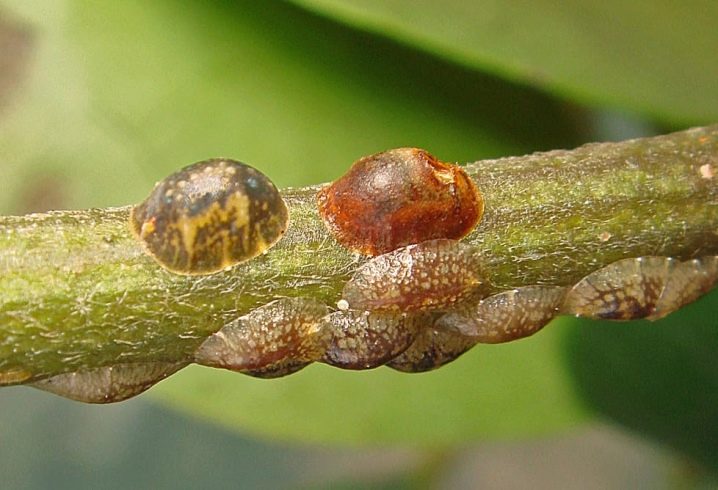
Wintering
Cletra, with proper preparation, tolerates frost well. So that nothing happens to the plant, you must:
-
bend the branches to the ground, and fix them in this position;
-
cover the shrub with covering material;
-
sprinkle with foliage.
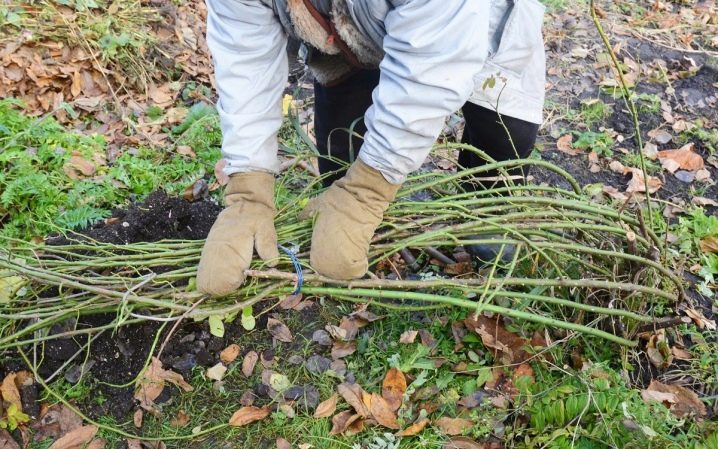
Cletra in landscape design
Kletra is a fairly popular shrub in landscape design. Not least because of the stunning color of the leaves in the fall. In addition to autumn, the cage looks great in mid-summer when it is covered with flowers and green foliage.
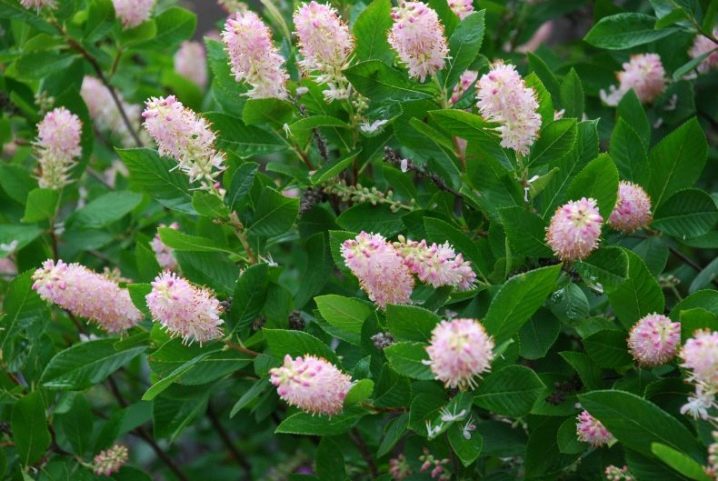
It is used both for point planting and for creating compositions, arranging alpine slides. Often used in conjunction with azalea and wild rosemary.

Decorating your plot with a cage is not so difficult. The plant is unpretentious and does not require specific care. The main thing is to choose the right place and decide in advance which type of cage will most organically complement the design of the garden.
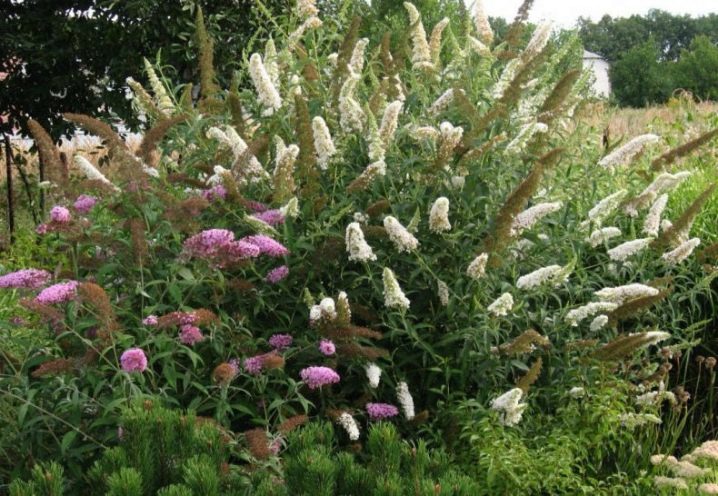



































































The comment was sent successfully.